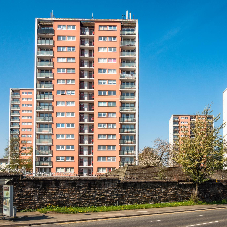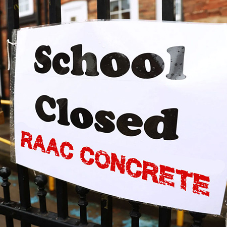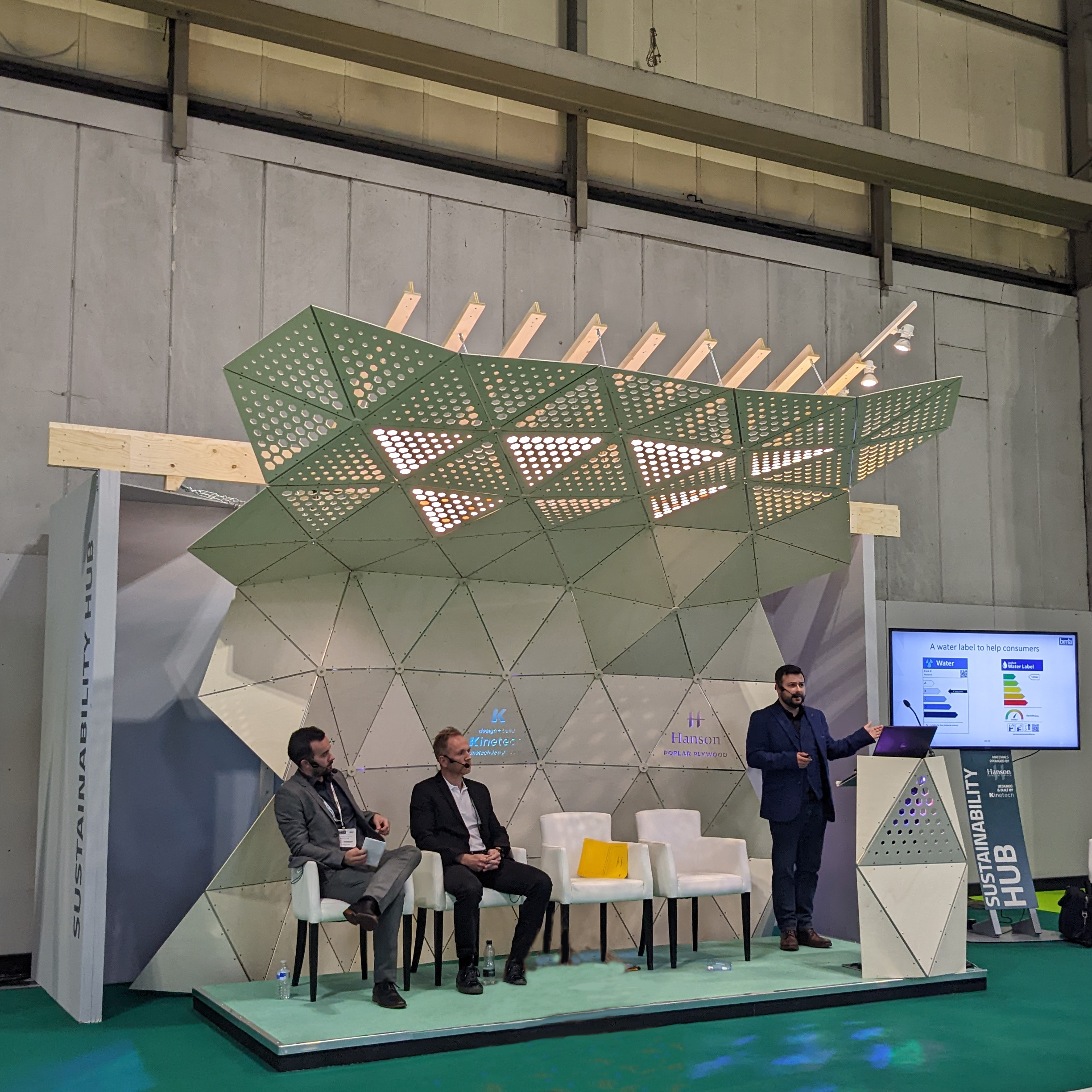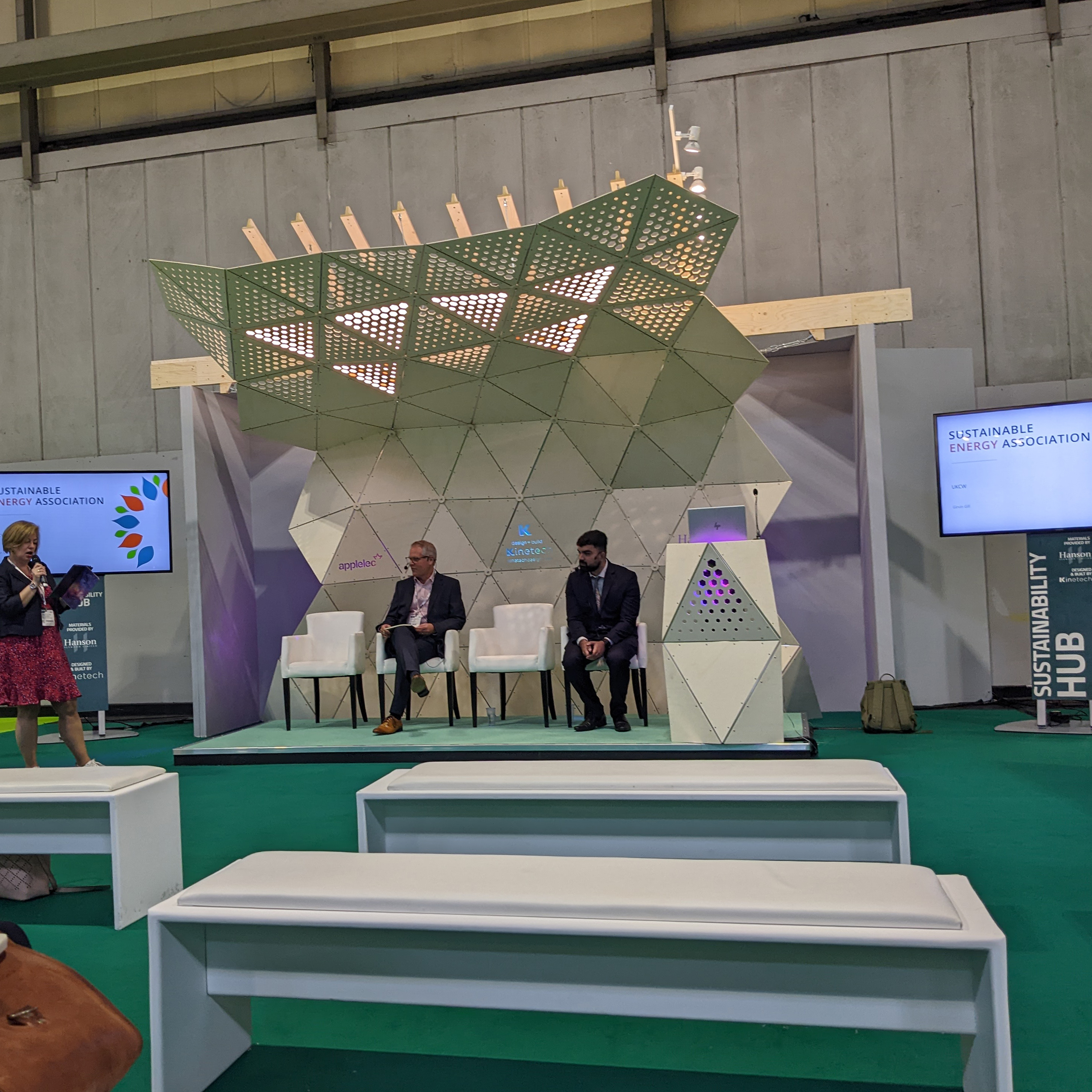Bees are amazing architects. Their hives are astonishing structures of hexagonal tubes, functionally developed so that they use less wax but hold more honey. The beehive is often thought off as an engineering masterpiece. As well as being extraordinary natural creations, beehives have served as inspiration for numerous human architectural ventures.
For example, artist and architect Wolfgang Buttress designed The Hive for the British pavilion in the 2015 Milan Expo. Teaming up with researcher Professor Martin Bencsik, expert in bee communication, they addressed the theme of feeding the word. Bees are responsible for the pollination of most natural food sources, including: almonds, blueberries, avocados, and watermelons, and are responsible for our flowering landscapes. Without bee’s human beings would lose a huge chunk of our food sources.
On a narrow 100m x 20m site he, with the help of landscape architect Nigel Dunnett, created a field of wildflowers that towered over an entrenched walkway leading up to a digital, pulsating hive structure. The structure is delicate and light, using thousands of LEDs and the sphere, made of latticed, honeycombed steel, appears as if it is floating. The project won the BIE Gold Award for Architecture and Landscape and was awarded Best Pavilion Architecture at the exhibition.
Someone else who has been inspired by the hive structure is British architect Barry Jackson, the designer behind modular housing Hivehaus. A portable structure consisting of a number of hexagonal pods which connect to build an entire home. Architectural group BIG have also been inspired by this natural phenomenon. They designed and built The Honeycomb, an apartment complex in the Bahamas, which incorporates hexagonal pod-like balconies that house their own swimming pools.
Unfortunately, bee populations are declining. The bee population of the UK has declined by 50% since the 1980s. Pesticides, agricultural and climate change are all threats to bee populations due to excessive global industrialisation, as well as habitat loss by fast-growing urbanisation. At street level there is plenty that can be done to help save our bees by planting flowers high in nectar and by encouraging the growth of wildflowers. But what can be done on an architectural level? What can be done in urban environments to help save the bees?
There have been a few exiting projects that aim to protect urban bee populations. In 2013 Cushman & Wakefield installed beehives on the roofs of properties across Birmingham, London and Bristol and organisation Plan Bee encourages companies and architects to include beehives in future cityscape designs.
Norwegian design firm Snøhetta developed their Vulkan Beehive, located on top of an Oslo food court, which is made up of two laser-cut, birch veneer hexagonal volumes.
As well, students from the University of Buffalo, New York, alongside business owner Rick Smith, developed and built Elevator B. The 22 foot steel, cypress and glass structure has been designed as a skyscraper for bees on the bank of the Buffalo River. The sculpture consists of a welded steel frame encircled with 66 hexagonal steel panels with triangular cut outs. Proving that the inclusion of beehives can be an interesting feature of architecture.
However, merely providing housing for bees might not be enough.
Limited floral resources in city centre’s can lead to population decline just as much as habitat loss. In London there are 25 beehives per square mile but just not enough plant life to sustain the urban bee population. The installation of green roofs and living walls could be a major advantage to bee populations in city centres. Green roofs and vertical gardens have become popular features on buildings from homes to schools to office spaces. In 2015 National Grid developed the largest living wall in Europe, in the carpark of their headquarters in Warwick.
Projects like this are crucial for the sustainability of our national bee populations and in a world that is increasingly interested and passionate about green development solutions there is hope for expansion and future preservation of wildlife in our urban spaces.
What do you think? Join the conversation on our Linkedin post.
Related Blog Articles



crop192.png)












